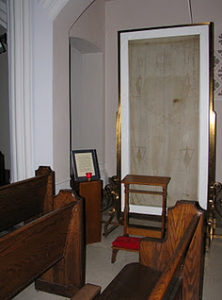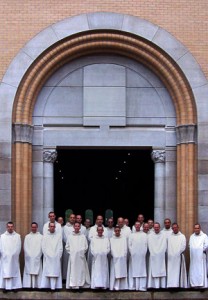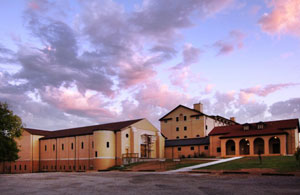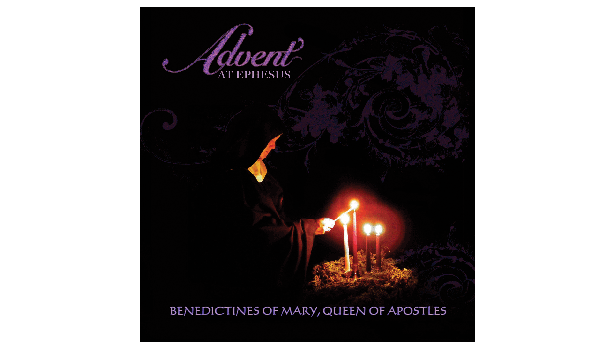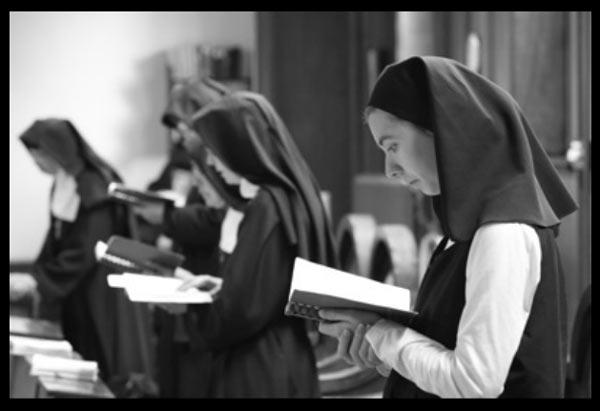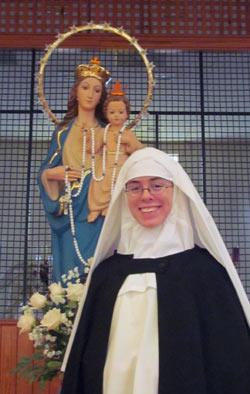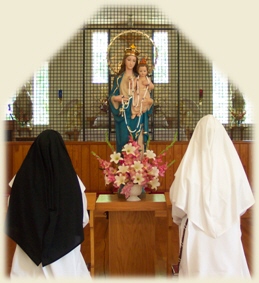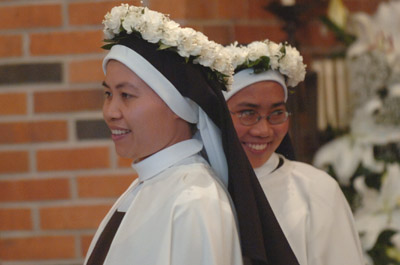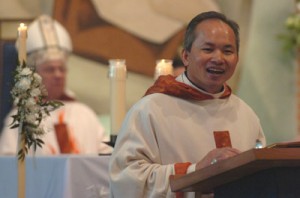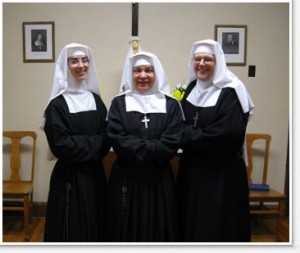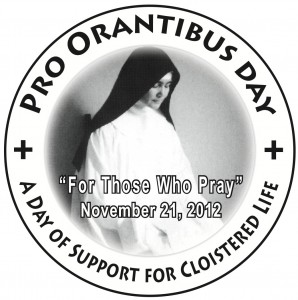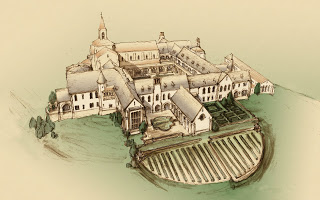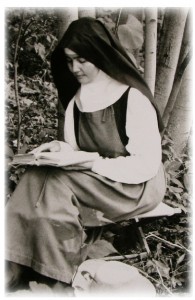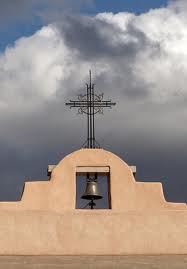 Not much has changed for the Carmelites over the past 900 years. Their priorities remain unchanged – prayer, solitude and work to support the community. But for the Carmelites of Santa Fe, New Mexico, a new era has dawned – they have a website! www.carmelofsantafe.org
Not much has changed for the Carmelites over the past 900 years. Their priorities remain unchanged – prayer, solitude and work to support the community. But for the Carmelites of Santa Fe, New Mexico, a new era has dawned – they have a website! www.carmelofsantafe.org
This IRL Affiliate community of 8 nuns was established in 1945 by Mother Mary Teresa who was forced to flee Mexico in the face of the terrible persecution suffered by Catholics in that country. She died in 1997 in Jefferson City, MO, at another Carmel that she also had founded.
 The Santa Fe Carmelites are situated in the foothills of the Sangre de Cristo (Blood of Christ) Mountains, on the high desert of northern New Mexico. They are a part of the Spanish Catholic legacy that has been present in Santa Fe for more than 400 years. Santa Fe means Holy Faith!
The Santa Fe Carmelites are situated in the foothills of the Sangre de Cristo (Blood of Christ) Mountains, on the high desert of northern New Mexico. They are a part of the Spanish Catholic legacy that has been present in Santa Fe for more than 400 years. Santa Fe means Holy Faith!
The charism of the sisters is guided by their foundress, St. Teresa of Avila, and by St. John of the Cross, another Carmelite. They live in the presence of God, in imitation of Mary and the prophet Elijah, who awaited God in his hermitage on Mount Carmel, 900 years before Christ.
See a story about the Santa Fe Carmelites in the Santa Fe New Mexican
